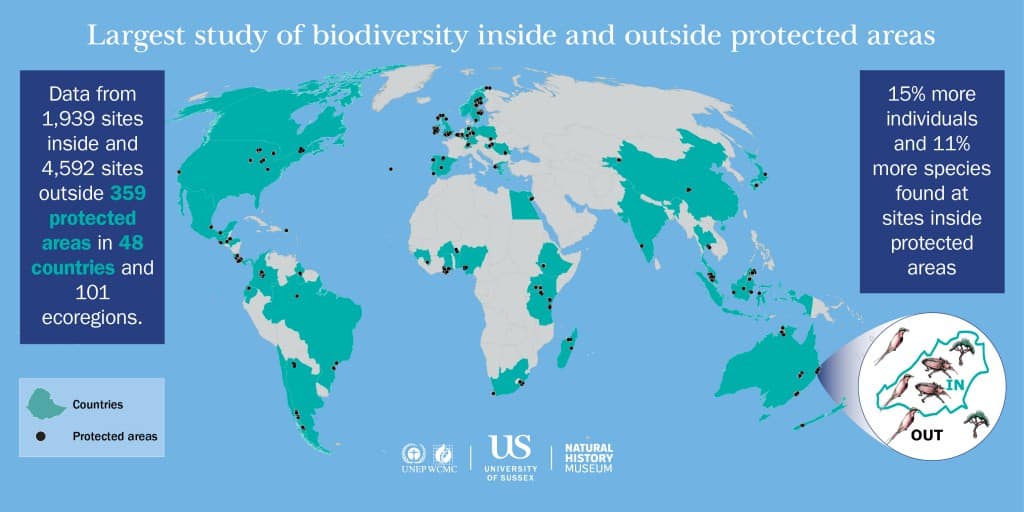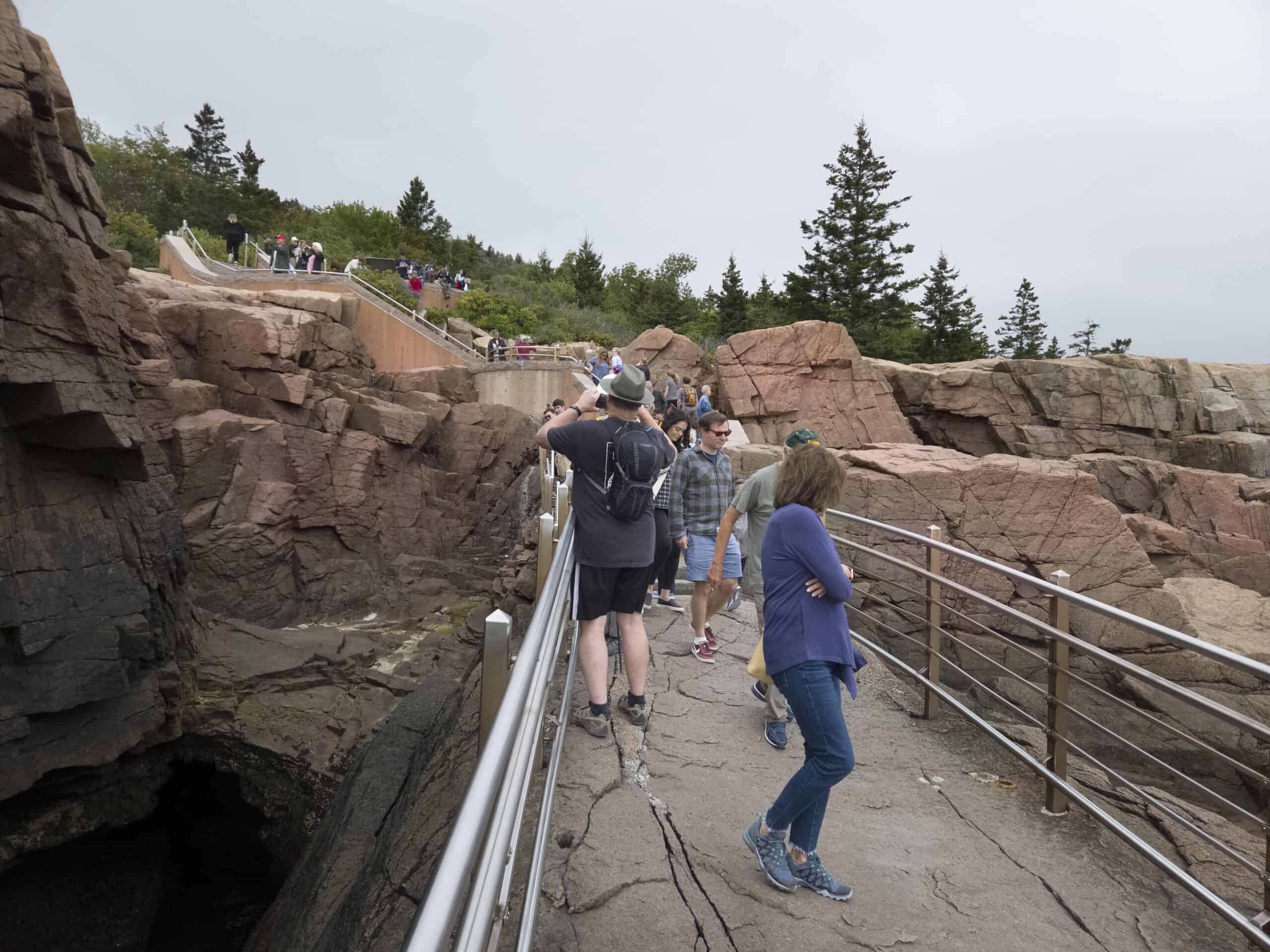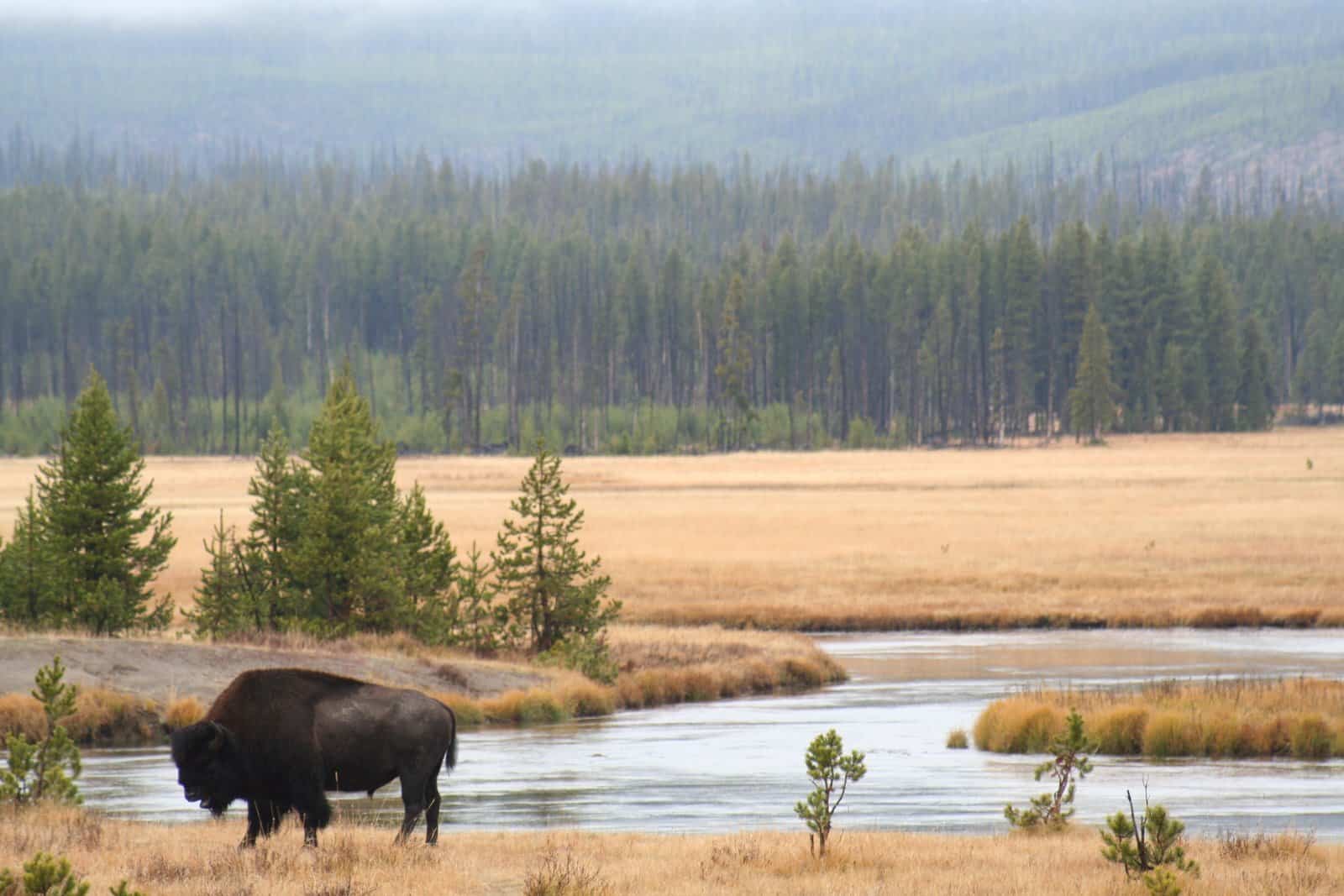Share this article
Massive biodiversity database reveals the value of protected areas
After more than a century of setting aside protected areas such as wildlife refuges, conservationists can finally be confident that the approach helps wildlife. In the largest-ever analysis of biodiversity in protected areas, researchers found that protected sites had more diverse and abundant vertebrates, invertebrates, and plants than unprotected sites around the globe.
“The most exciting and important finding is that protected areas actually do work,” said Jörn Scharlemann, an ecologist at the University of Sussex in England and one of the authors of the study published recently in Nature Communications.
Vast efforts have gone into designating and maintaining natural areas such as national parks and nature reserves. Currently, these areas cover about 15.4 percent of Earth’s terrestrial surface, and the Convention on Biological Diversity — a multilateral treaty involving nearly 200 countries — aims to increase that figure to 17 percent by 2020.
People have long assumed that such efforts provide a net ecological benefit, but until now, no comprehensive analysis has backed that up, says Scharlemann. Many researchers have examined small pieces of the puzzle by comparing particular types of organisms inside and outside of protected areas. But field surveys are hugely labor intensive, and no single research team can survey everything.
Two meta-analyses have tried to assess the big picture, comparing the conclusions of multiple smaller studies. For the new study, the researchers took a different approach. Instead of collecting published results, they tracked down the authors of 156 separate studies and asked them for their raw data — around 3 million data points painstakingly collected by field biologists. All of it went into a single database called Projecting Responses of Ecological Diversity In Changing Terrestrial Systems (PREDICT).

“We have got unprecedented geographic and taxonomic coverage on our database,” said Scharlemann. “It’s global — we’ve got studies from pretty much every continent except Antarctica — and we’re covering the whole taxonomic breadth.”
Overall, sites inside protected areas had 14.5 percent more species and 10.6 percent more individual organisms than unprotected sites. There are several possible explanations for this difference, says Scharlemann. Careful management could be increasing biodiversity within protected areas, or holding it steady while surrounding ecosystems are degraded. Additionally, people who establish protected areas are likely to choose sites that have high biodiversity to begin with. Whatever the reason, the findings suggest that animal and plant species are flourishing in protected areas — and that efforts to maintain and expand such areas are on the right track.
Header Image: Bison graze in Yellowstone National Park, the world’s first national park. A worldwide analysis shows protected areas such as national parks have higher biodiversity than unprotected areas. ©Michelle Callahan








